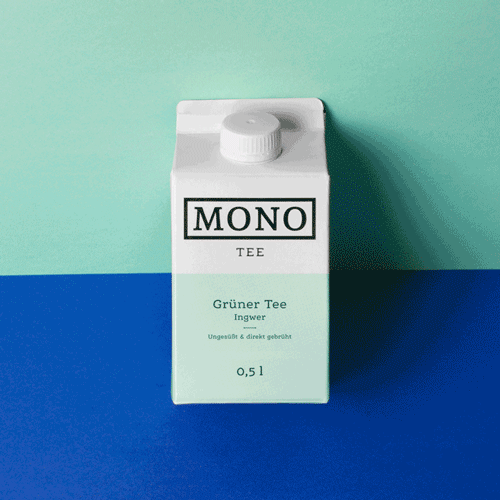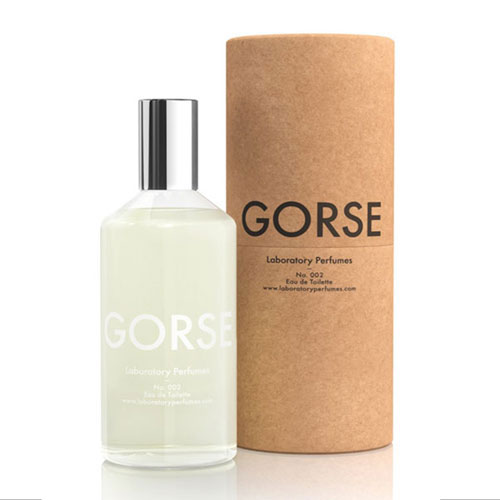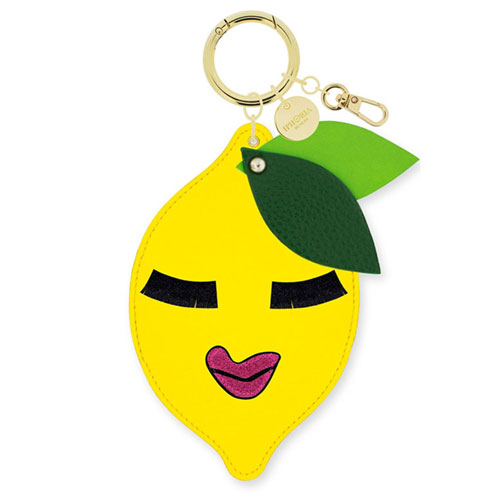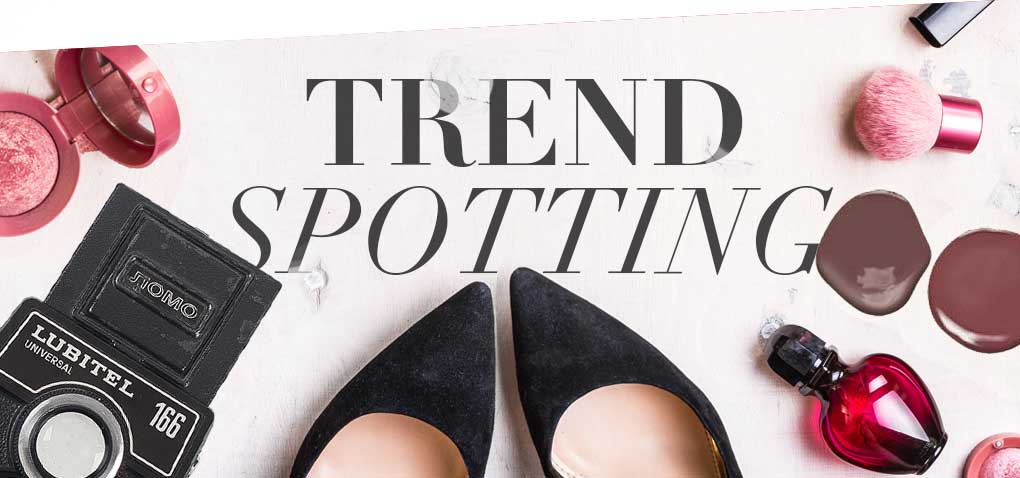
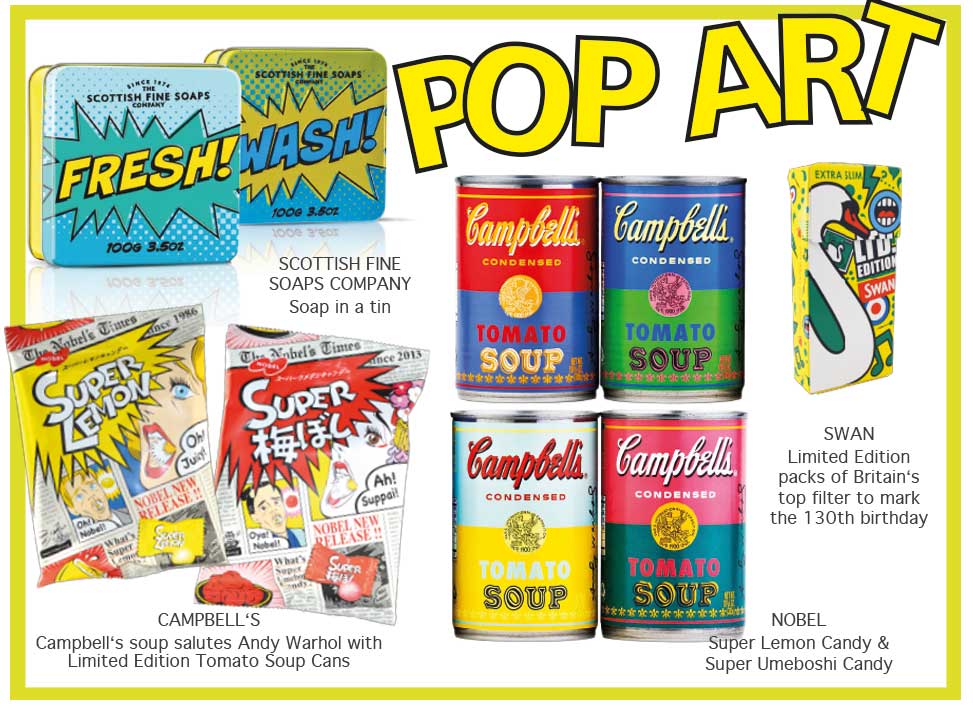
Pow, wow, zap, Pop art is back! This year’s Chanel show was all about Pop Art (Karl said it himself) and mass consumption as the catwalk was replaced by an eye-popping supermarket with branded Chanel goods such as ‘Coco Cookies’, ‘Chanel Crémeuh’ or ‘Lait Coco’. Likewise, the packaging industry is all over Pop Art.
Colourful, vibrant and to the point. The dominant art movement of the 60s, for the first time, highlighted the aesthetics of every day life’s consumer goods. Collage, photo montage, art in series, street style, graffiti and comic books are iconic design elements of the time.
For some, the artistic obsession with the consumer culture was linked to the new prosperity, for others it marked a form of social criticism teasing the contemporary commercialised world and its consumers.
Yet today, Pop Art is not only displayed in art galleries. It is also used as a stylistic device by the consumer industry itself. Fifty years after Andy Warhol developed his iconic series, ‘32 Campbell’s Soup Cans’, Campbell’s is paying tribute to his work by introducing limited-edition cans of Campbell’s Condensed Tomato Soup with labels derived from original Warhol artwork.
So, packaging literally becomes a canvas for artwork because if fashion is art, then packaging can be so too. Many companies already demonstrated the communicative potential of a package: The Japanese candy producer Nobel, for instance, designed a Pop Art inspired comic strip á la Roy Lichtenstein, whose leading actors demonstrate the deliciousness of the candy by screaming it to the audience.
The Scottish Fine Soaps company ‘Ka-Boom’ spread blunt statements such as ‘fresh’, ‘scrub’ and ‘wash’ on their package. And the British filter producer Swan recently celebrated its 130th birthday with a limited Pop Art edition.
Although Pop Art is hardly breaking any rules these days, on a visual level it is still loud and interesting which is why it is an appealing method to get a hearing, not only in fashion, but also in the packaging industry.





